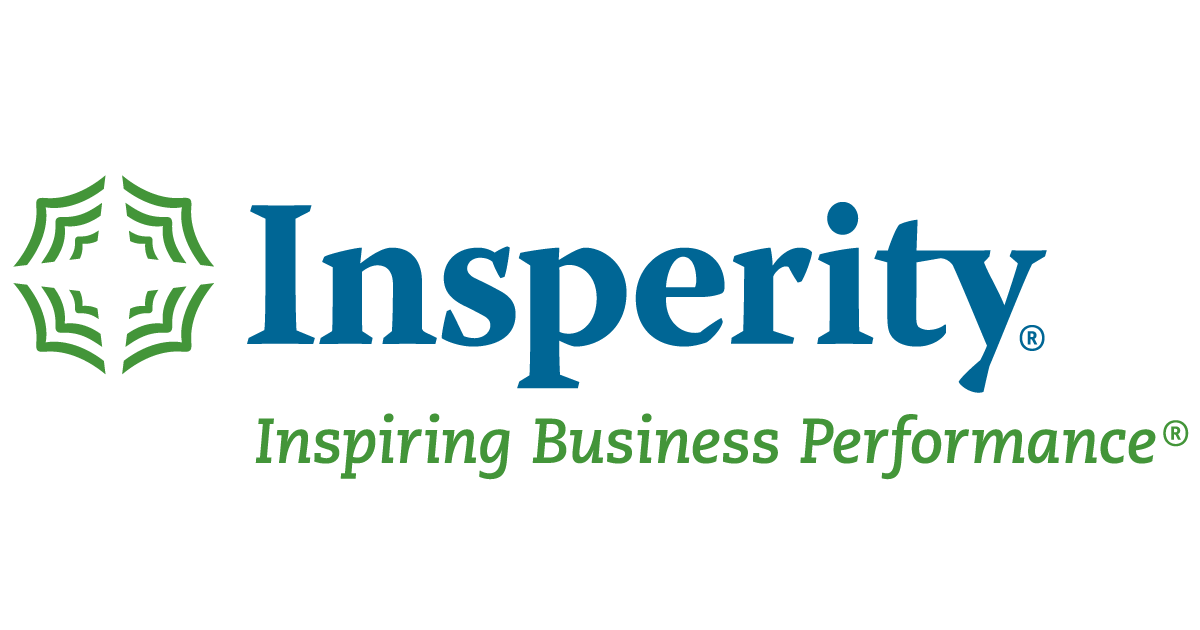Over the last year one of the biggest projects I’ve undertaken is implementing a warehouse management system. When I came to Rugs USA there was no system in place and typically labels were printed and used as picklists. This resulted in a variety of issues like not shipping the item the day the label is made and tracking information is sent to the customer, or even worst the picker loses the label somewhere in the warehouse. Additionally there were issues like routing, which didn’t exist. Maybe it would exist if there were any records of inventory locations but there weren’t. So what you had was 4 guys cruising around blindly searching for rugs with a pack of pre-printed labels. It was bad. So it was clear that in addition to workflow and staff changes a solid system was needed to hold it all together.
I spent about 2 months on research, having phone calls with every company I could find and trying to learn about how their system was different from the rest. I have to admit that I experienced serious sticker shock for all of them. Having come from a company with a tenth of the revenue of Rugs USA I wasn’t prepared to talk to these WMS’s that charged anywhere between $300,000 to $1,000,000 to just get started. Going back to my roots I checked in with Monsoon Stone Edge to see which WMS they integrated with. This is when I came across CompassIM, which was their partner when it came to WMS and RF scan gun integration. I reached out to CompassIM and after speaking to Richard, the founder, and developer of CompassIM, I learned that he had just sold his company to Monsoon. Things were still very much in the air at that time so he didn’t know what it would cost me or what features were included or anything but based on my experiences with Stone Edge and Richard’s desire to make it work we continued the conversation. Ultimately after a bunch of discussions I decided that (now named) Monsoon WMS was our best bet. This was in large part due to the fact that they were far far far less than the next competitor that I came across and so it seemed as though even if the whole thing blew up it would still be a drop in the bucket compared to signing up with one of the $200,000 guys. Additionally I enjoy working with smaller companies because they tend to offer more support and flexibility, at least in the B2B space, and Richard was still the captain of this ship and seemed determined to make it happen. So after hammering out the pricing I signed the contract and we started the work towards integrating.
The documentation was very thorough and clear so we didn’t have any issues creating the connection to the Monsoon WMS xml/API/EDI depending on what is going on. During this time we also were working with a contractor to set up the hardware required. This included wiring up the whole warehouse with Wifi, creating the network, and configuring the scan guns. This component actually cost twice as much as the software but luckily it lasts and is software agnostic. I’ll say that the experience with the Monsoon hardware partner i.e. Motorola rep has been less than desirable, I am currently experiencing support issues on the hardware and network and currently have been trying to get an answer on some network questions for several months, I’ve even gone as far as cutting out the rep and trying to reach the contractor directly, all to no avail.
Once we had the integration all set we were ready to make the switch. We trained our guys on how to use the system and went to work on our first day. This first day was a disaster. We were used to shipping 2000 rugs a day and we could only get out 300! For my emotions on that day and the experience at the time check out this blog post.
To be frank the launch was a complete disaster. The system wasn’t built to support as many orders and as many users and we were putting on it. We had several months of extreme strain and I pretty much burned all my bridges with the customer service department and the account reps for the wholesale side within my own company. We simply were no longer capable of shipping high volumes. We kept trying band aid after band aid but it kept making things worst. It became clear that we needed to suffer through the slow shipping until a real fix could be implemented. Luckily Richard was willing to build this into the system for us.
In an attempt to condense the launch issues we had into a few sentences i’ll say this: Wave picking didn’t work for us. Wave picking is picking by order age, not by the most efficient route. Additionally at the time the system didn’t support zones. So the picker would put in 100 orders in their wave and it would bring them across the entire warehouse which equates to over a mile to get those picks. It didn’t make sense. We tried to patch it and typically made things worst. So we needed to come up with a fix.
The fix was batch picking with zones. Batch picking works like this – the user enters how many orders to pick in this batch. Then within that user’s zone the system finds the closest location. Then while you’re in that location the system has you pick everything outstanding there as opposed to just the oldest order. Contrast this to wave picking where the orders are strictly picked by age and you’ll see a huge improvement in efficiency. Each time the wave picker creates a new wave it sends him back to the same spot to grab the same rug for a newer order, this is not the case for the batch pick. You’ll never revisit that bin unless new orders send you there.
This stuff did not work at all when we first launched, and I paid the price in credibility to our staff and morale, but if you’re reading this post and interested in Monsoon WMS that’s not important, because we tested and broke this program for you, so now it works! I’m only telling you the issues because they caused so much trouble that I feel like I have to before fully endorsing Monsoon, but with all that being said, this program is now the way to go.
Let’s break it down – prior to Monsoon the leadtime was 2 weeks. The inventory accuracy was somewhere around 80%, and we had no idea what our employees were doing. With Monsoon our leadtime average is 14 hours and our inventory accuracy rate is 99.4%. Our employee productivity has also more than doubled now that we publicly post the stats. That’s what matters.
All the junk I had to deal with is no longer there. The system has been refined and can now handle over 5000 orders a day. This system has the majority of the functions that the big dogs have. I recently had a demo with HighJump because productive paranoia people! They cost $200,000 for launch vs. under $30,000 and here is what they add –
– Business rules
– Enterprise support
– Web access to the admin dashboard
That’s mostly it when you’re talking about basic functions. It’s just not worth it in my mind. Now that Compass is working it simply works. It doesn’t freeze or cause errors or anything like that. It’s a workhorse that we’ll be able to grow with over the long term. I’m of course biased because I feel ownership in the design and capabilities it now has, but especially because of that I feel confident in recommending it. The support is very strong and the fundamentals are all hashed out. If you’re looking for for an enterprise WMS without a six figure price tag I’d recommend you check them out.




